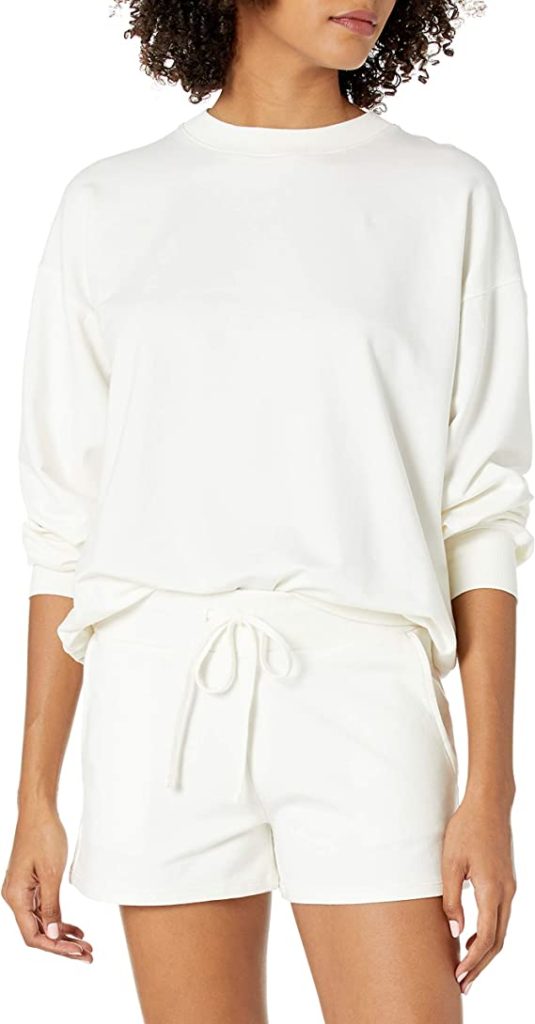A sweep train is when the hemline of a dress or skirt has been designed to move when the wearer walks, giving the illusion that they are floating. A sweep train is the total length of a wedding dress’s train. This design choice is not only elegant but also practical. It allows for more movement in confined spaces and lets people know where you are going!
Many people, when they hear the word “sweep train,” might think of a storybook princess. The style is also practical and functional for those who walk with purpose and want to be seen. Sweeping trains are becoming more common in fashion as designers start to take advantage of this design choice. To learn more about sweep trains, read on!
The History
One of the most popular ideas related to the history behind sweeping trains is that it originated from Queen Victoria’s wedding dress in 1840. Her gown had a lengthy train, which was carried by her bridesmaids.
This train was made up of five panels that were draped over her bridal gown and measured 55 feet long – it was so heavy that she needed assistance walking down the aisle.
Other sources say that an 1850s courtesan named Jenny White had an extravagant dress with a long train that she used to…umm…flaunt her goods.
Sweeping Train Fun Facts
One of the best parts about up-and-coming fashion is learning some fun facts related to it! Did you know, for example, that many wedding dresses now come with “sweep lines” on them?
Also known as “reverse hemlines,” these are essential seams sewn into the bottom of the dress that allows part of the train to tuck inside and be concealed until needed. This feature makes getting around easier for brides who need extra mobility without having to worry about their dress catching underfoot or dragging along the wet ground (although this style might not suit every type of ceremony).


